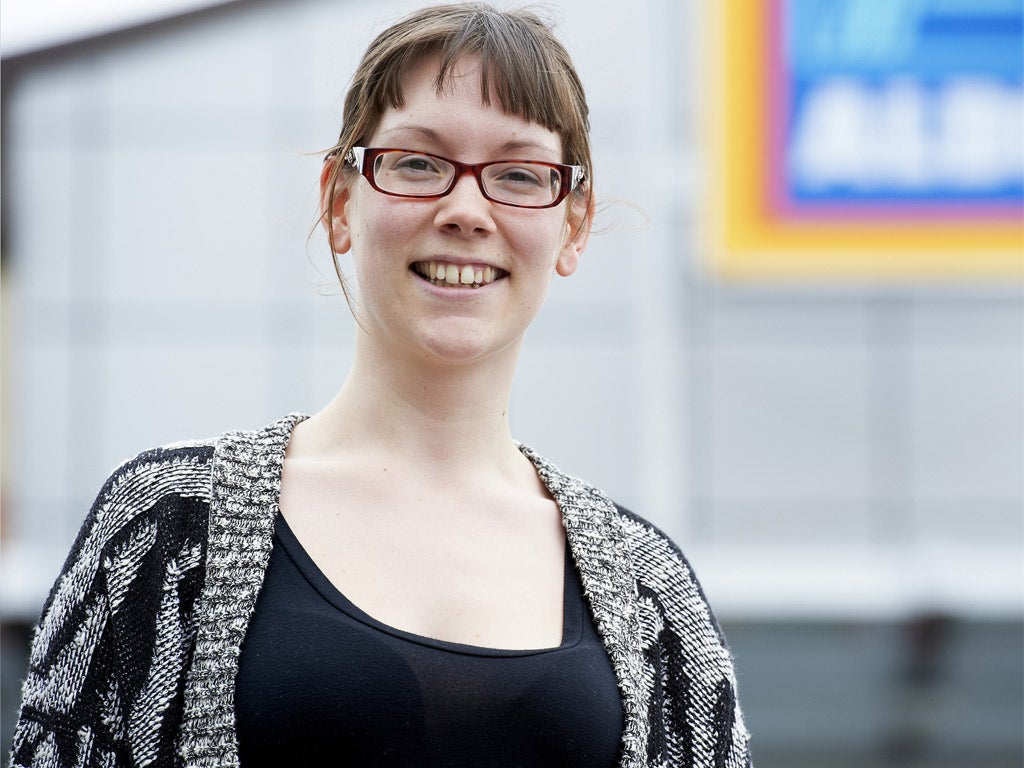Every Lidl helps: bargain hunters flock to German masters of no-frills shopping
Low-cost supermarkets seize on tough economic times as middle classes start to count the pennies

With their no-frills range of obscure brands and the promise of permanent discounts, German supermarkets Lidl and Aldi have brought a compelling efficiency to the weekly shop for millions of Britons.
And with the economic climate worsening, growing numbers of middle-class shoppers more accustomed to browsing the aisles of Waitrose are now "trading down" to shop at its less glamorous rivals, new figures show.
Research today reveals that nearly a third of shoppers intend to use discount supermarkets more frequently in the near future. And consumers in the highest socioeconomic groups are the most likely to do so.
Data from market analysts IGD found that 39 per cent of families from ABC1 households will use the stores in the year ahead compared with 30 per cent of those from the lower-income C2DE groups.
In leafy Meanwood in north Leeds the Aldi store sits on a retail park just a short distance from Waitrose. While the car park was not exactly chock-a-block with luxury 4x4s yesterday, the odd BMW and Mercedes testified to the budget supermarket's increasingly universal appeal.
Quantity surveyor Laura Blackburn, 27, began shopping here a year ago. "You get exactly the same thing here for about a quarter of the price. A cauliflower here is 69p but in Waitrose it is £1.69. At the end of the day, how different can a cauliflower be?" she said. "The other supermarkets try to lure you into two for the price of one. But here you can get one just as cheaply without having to go down the multi-buy route," she added.
Others admitted they had taken a certain amount of convincing to switch. "There is still that element of snobbery involved," said Katie Douglas, 37, a stay-at-home mum. "You hear it outside the school from some of the mothers. A few years ago I wouldn't have come here but the prices are just so much better," she added.
Emerging from the store clutching a bag of compost and a selection of bedding plants, nurse Rachel Fennelly, 27, and her GP partner, Dr Matthew Barton, 31, admitted they were relative newcomers. "It's only my fifth time. They have some good cheap plants here but I wouldn't go here for a regular shop because it is just a bit too random," she said.
The analysts also found that both major budget chains had invested in the quality of their products, which had helped to reverse any stigma associated with shopping there.
Joanne Denney-Finch, the chief executive of IGD, said food and grocery sales were continuing to grow this summer – despite the weather – largely as a result of events such as the Jubilee and Euro 2012 and with another boost anticipated from the Olympics.
"Even better-off shoppers, especially those with children, are looking to discount stores to save money as they feel the squeeze. While they remain a small part of the overall grocery market – representing just 4.5 per cent – discounters have been broadening their appeal to help even higher-income shoppers to tighten their belts," she said.
Subscribe to Independent Premium to bookmark this article
Want to bookmark your favourite articles and stories to read or reference later? Start your Independent Premium subscription today.

Join our commenting forum
Join thought-provoking conversations, follow other Independent readers and see their replies